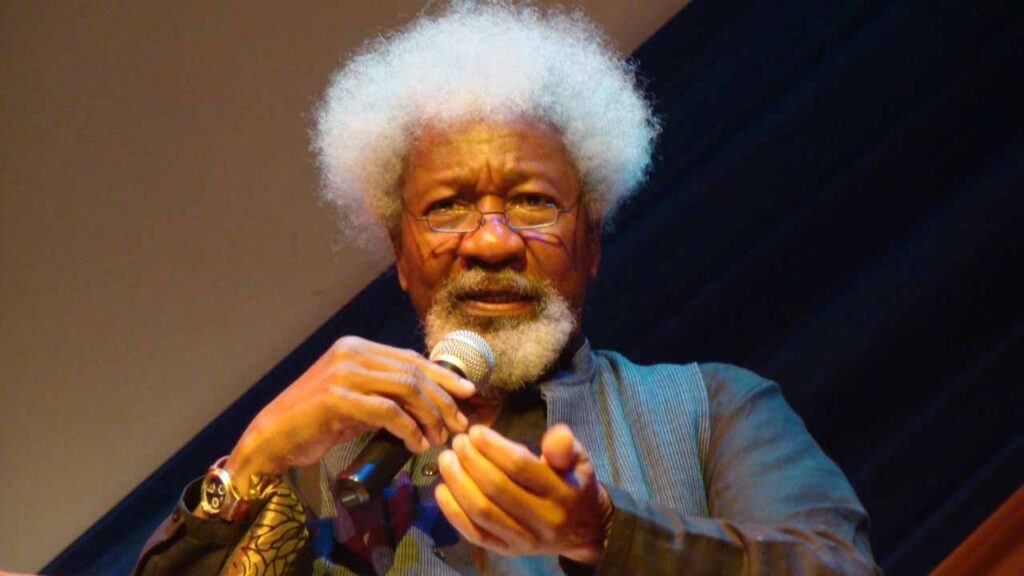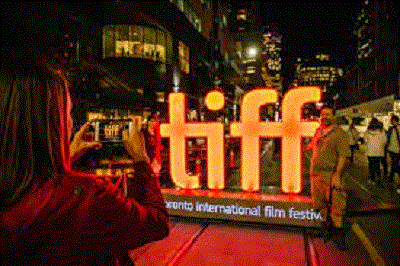
Born in Okere, Warri, Delta State in 1959, Olu Amoda is one artist whose trajectory is not only transformative but also imbued with monumental memories. His shows are often groundbreaking and they narrate tales within the limited space.
Amoda’s fourth solo show at the Art Twenty One, a contemporary art space in Eko Hotel and Suites, Victoria Island, Lagos, titled, Carte Blanche, which began Thursday, November 4, 2021, and runs till January 29, 2022, presents the artist’s body of work created over the past three years.
In the new show, the renowned mixed media artist and environmental scientist addresses the diverse trends in contemporary sculpture, especially in the use of materials, techniques, technologies, forms and style in today’s Nigeria.
His latest show particularly deserves attention in the manner it dialogues with metals and woods such that the audience reassesses text, form, content, style and their symbiotic relationship with colours.
With Carte Blanche, he takes a collection of disparate items and allows it to be considered individually and as a whole.
Combining repurposed materials, mild steel objects, nails, rods, aluminum, and wood, the artist invites audiences to engage with sculptural works clad in social and political layers that are not easily deciphered as the viewer encounters them. Meaning is deciphered from ‘complex composition’.
On what informed his thematic selection, the artist says that his works are dominantly products of personal experiences, adding: “As an urban artist, I live by what I see on the streets-the impunity of government agents, the economic burdens as in women selling things on the streets. I see these as artistic sights, try to create humour and suggest that you find a creative way out of any problem you are stuck in. An object is not just a plain thing. It has a mystic force attached to it.”
Using repurposed materials found from the detritus of consumer culture, his works often incorporate rusty nails, metal plates, bolts, pipes, and rods that are welded together to create figures, animals, flora and ambiguous forms.
From Mrs Plikins II (2008 plasma cut drawing 192 x 180 cm) to Concavity (2019 welded repurposed mild steel objects 195 x 195 cm), Atite Funfun I (2019 welded repurposed mild steel) and Ruga I (welded mild steel rods, mesh, stainless steel, 270 x 270 cm), Amoda integrates literary devices into his craft, using characterisation as a playwright would.
“One of the strategies explored in this body of work is using the familiar to uncover the unknown where each piece challenges what is seen and expressed as artwork. They are complex in composition but mirror today’s society’s organised chaos, the eternal desire to accumulate more than we need. The ants in their colony will marvel at how humans have managed so far and not extinct themselves. Today’s challenge is about one’s ability to disrupt,” he says.
The lightning rod of the show is the installation, with a long pen laid on it. The forgotten desperation to kill Jamal Khashoggi is remembered in the world’s narrative that has been largely eclipsed by COVID-19, ‘20 and 21’.
Amoda brings the depressing story of how Khashoggi’s body was reportedly dismembered in a painful manner. Its imposing presence at the show is a strong artistic statement in the cry for press freedom and the question of an individual’s ability to disrupt.
Using a work that decries the lip service paid to press freedom and the ill-treatment of journalists to make a statement, the artist says: “When a journalist gets arrested because he said the truth, then we are not free at all.”
Speaking on censorship as captured in his work, the artist reveals: “If you see your work more as a means of livelihood you will care about censorship. I am not afraid to speak through my works. My salary as a teacher was stopped for a year, but I still went to work. Censorship is about you making the call. When I present the work, you choose the aspect that you want to focus on.”
While condemning the attempts of government agents across the globe to gag the press he also implores journalists and other social crusaders, “not to compromise the truth for pecuniary gains.”
The artist believes that every artwork speaks for itself, saying: “I respect material integrity. I use forensic objects. As you look at a crime scene, you find objects that point to the crime. I use this for my creative works.”
According to Amoda, “the threat to urban dispositions is now endemic, as evident in power structures in government and the private sector — every class, household, school, association and business. The revered civility in our collective consciousness has gone over time. It appears the proverbial village has given up on raising the kid. The use of art as a tool for social discourse has created an inflection where artists are interceding for the art — no more art for art’s sake. The ‘about’ has become more significant than the ‘on’ comfort zone for most art critics. Significant numbers of art critics and journalists now thrive on the ‘about’, thus negating the discourse of art history interception to contemporary art making.”
Drawing upon African literature, some of Amoda’s pieces at the show are characters that ‘dare to disrupt’ from the Wole Soyinka’s tragic drama, Death and the King’s Horseman.
With pieces such as Dialogue-Olunde and Elesin Oba III, the artist juxtaposes the mind-set of an educated African who considers the ritual suicide as an honour and a traditional ruler who is a slave to his own flesh- his insatiable sexual appetite.
In the resolution of the dramatic conflict, Olunde dares to disrupt the colonial order while his Mrs Pilkins III is a visual reference to the character that imposed British colonial power on the Yoruba, as well as the struggle for identity in post-colonial Africa.
Explaining the connection between his sculptures and drama, the artist says: “I use books and wood. Using objects as characters, I reverse the roles to have the characters of the objects, as static while the audience moves around them instead of what obtains in the theatre where the characters move. As in drama, we dance to very serious issues.”
The uniqueness of Carte Blanche reflects in the convergence of diverse art forms, materials and technologies as the artist ingeniously combine steel objects, aluminum, and wood in shapes of spoons, birds, cattle, earthenware and humans engaged in various socio-economic activities.
According to him, one should find a way of navigating through the myriad of problems in society artistically.
Toeing same line with the famed Fela Anikulapo-Kuti, the man who had death in his pouch, he says, “Nigerians are suffering and smiling.”
Amoda observes that there is the duality of roles for most of the things in urban areas that people rarely take note of. “There is organised chaos in society. The chaotic experience we are going through all over the world; Lagos offers me that chaotic experience. “
On superstitious beliefs, Amoda sites instances such as his encounter with some poor folks who refused to do away with their brand new sets of spoons for their old ones because they suspected he intended to something ritualistic with the spoons.
Commenting on the most striking aspect of his medium, Amoda remarks: “I repurpose objects. Once you give me any objects that are of no use to you, I find other purposes for them.”
THE show also brings together Amoda’s recent experimentation as an environmental scientist and thematically focuses on banditry, state-sponsored execution, and brutal acts against humanity. Amoda embraces the world as his living theatre and places Nigeria at the centre stage for observing the many crimes that have remained unsolved and press freedom globally.
His seminal body of work, Sunflower, explores the connection between mass industry and the organic, winning top prize at the DAK’ART Biennale in Dakar, Senegal in 2014.
More recently, Amoda has experimented with new materials and processes as he examines issues of privacy, surveillance, and voyeurism in the Nigerian urban environment.
Amoda graduated in sculpture from Auchi Polytechnic, and received a master’s degree of Fine Arts from Georgia Southern University, USA. Amoda has participated in exhibitions at the Victoria and Albert Museum (UK), the Museum of Art and Design (New York), Skoto Gallery (New York), Georgia Southern University (USA), Didi Museum (Nigeria), WIPO Headquarters (Switzerland), and Art Twenty One (Nigeria), among others.
He has completed residencies at Villa Arson (France), The Bag Factory (South Africa), Appalachian State University (North Carolina), and the New York Design Museum. His work is included in many prestigious art collections including the Newark Museum and Fondation Blachère.
Amoda has taught sculpture and drawing at the School of Art, Design, and Printing at Yaba College of Technology in Lagos since 1987. He lives and works in Lagos.
ART Twenty One is a space and platform dedicated to contemporary art in Lagos, Nigeria. The aim of the art space is to present and promote local and international contemporary art, as well as serve as a catalyst for contemporary art projects and for the interaction of local and international cultural players. In particular, the art space will support local and regional contemporary artists, helping them grow and giving them the tools to position themselves in the local, regional, and international art sphere.












